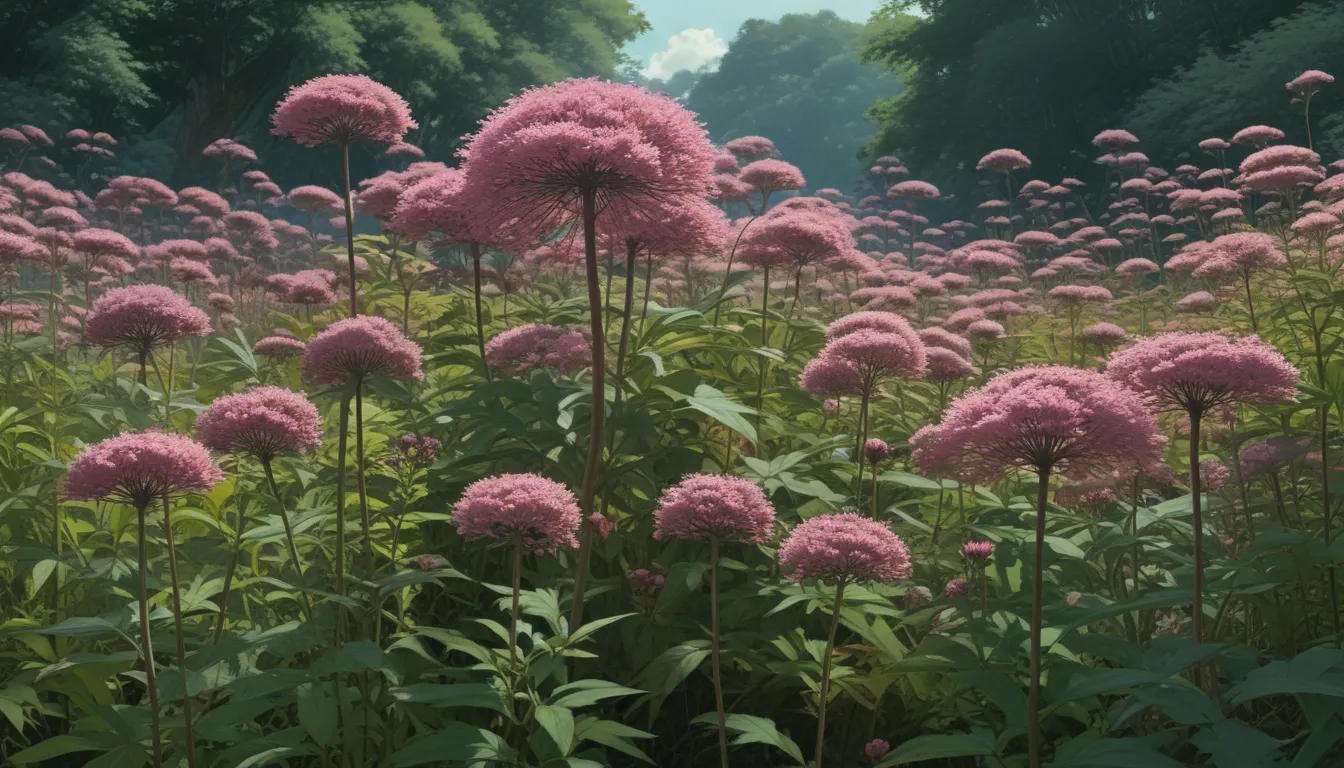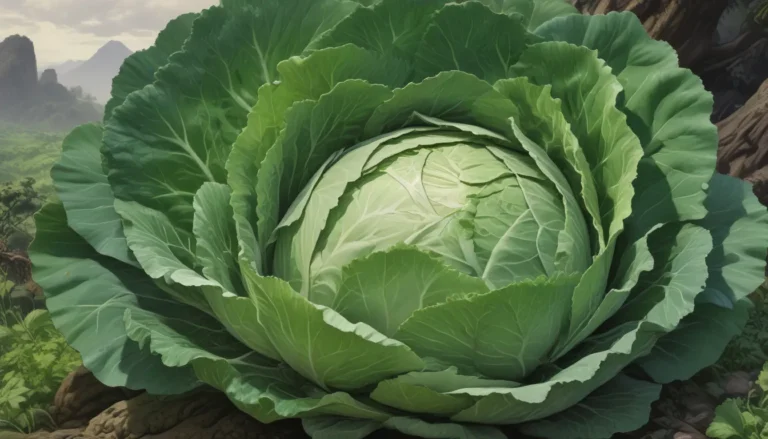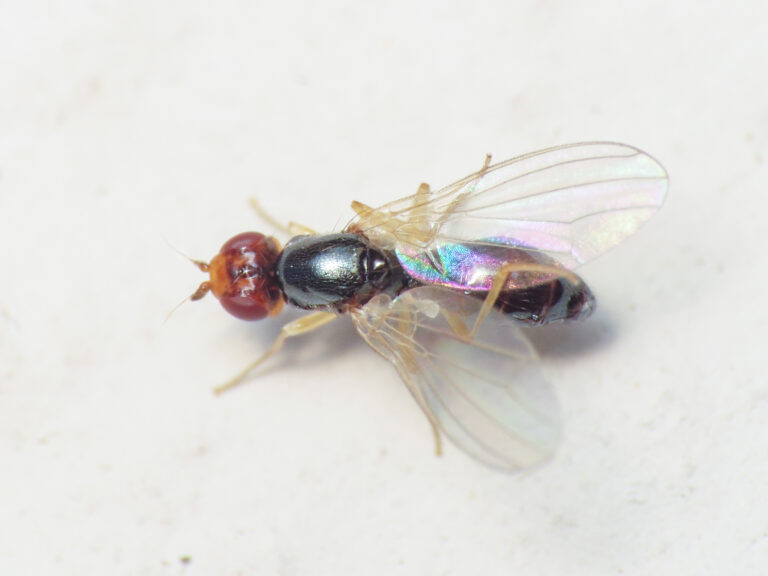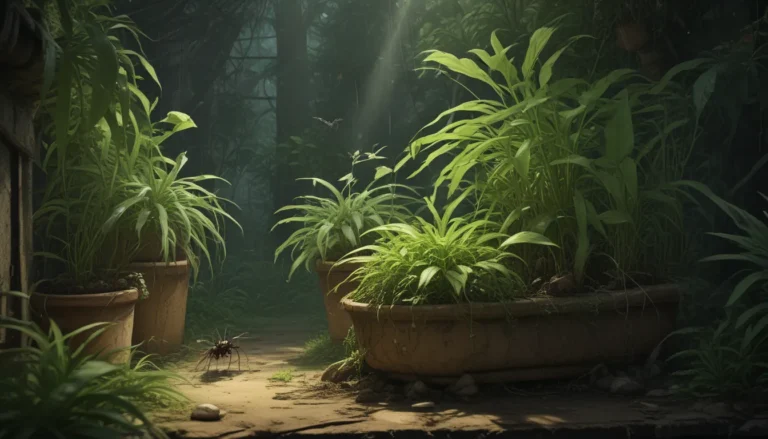Growing Joe-Pye Weed: A Comprehensive Guide

If you’re looking to add a touch of beauty and wildlife to your garden, joe-pye weed is the perfect choice. Skip the debates and snobbery about flowers and discover the wonders of this tall, late-summer bloomer that attracts butterflies, songbirds, and various pollinators.
What Is Joe-Pye Weed?
Part of the aster family, joe-pye weed is a native North American wildflower that thrives in moist, sunny locations. It grows tall, reaching seven feet or more, and blooms in shades of purple, pink, and white. The flowers release a delightful vanilla scent and provide nectar and pollen for various wildlife.
Cultivation and History
Despite the folklore surrounding joe-pye weed’s name, its tales of healing capabilities date back centuries. The plant was named after a Mohican chief named Joe Pye in the early 1800s. This beautiful wildflower became a staple in butterfly gardens and native landscapes across the country.
Propagation
Growing joe-pye weed from seeds, divisions, or transplants is relatively easy. Sow seeds in late summer or fall, keep the soil moist, and expect blooms in the second growing season. Divisions can be made in the fall or spring, while transplants should be added to the garden in late summer.
How to Grow Joe-Pye Weed
Joe-pye weed is a low-maintenance plant that thrives in full sun to part shade. Keep the soil moist, especially in the first year, and provide ample space between plants. Mulching to suppress weeds and watering during dry spells are essential for healthy growth.
Growing Tips
- Plant in full sun to part shade.
- Press seeds into the soil surface for light to germinate.
- Provide three feet of spacing for each plant.
- Keep soil moist, especially in the first year.
- Use mulch to prevent weeds and retain soil moisture.
Pruning and Maintenance
While joe-pye weed doesn’t require frequent pruning, deadheading can prevent self-seeding. Clipping the plants in late autumn or trimming them in the spring can control their spread and maintain a tidy appearance. Dividing plants every few years is necessary to prevent overcrowding.
Species and Cultivars to Select
There are several species and cultivars of joe-pye weed to choose from, each with unique characteristics. From E. dubium to E. purpureum, these wildflowers offer a range of colors, heights, and scents to suit various garden preferences.
Managing Pests and Disease
Joe-pye weed is resistant to common pests and diseases, making it an ideal low-maintenance plant for any garden. However, powdery mildew can be a concern, especially in high humidity. Proper spacing, good air circulation, and timely pruning can help prevent this fungal infection.
Best Uses for Joe-Pye Weed
Whether you’re creating a native planting, butterfly garden, or perennial meadow, joe-pye weed is a versatile addition. Its height, late-season blooms, and wildlife-attracting properties make it an excellent choice for borders, moist areas, and wildlife habitats.
Quick Reference Growing Guide
- Plant Type: Perennial wildflower
- Bloom Time: Late summer-early fall
- Exposure: Full sun-part sun
- Height: 4-7 feet
- Spread: 3-4 feet
The Not-So-Average Joe-Pye Weed
If you’re tired of high-maintenance flowers and want a beautiful, wildlife-friendly addition to your garden, consider growing joe-pye weed. With its easy care requirements, impressive height, and ecological benefits, this wildflower is a valuable asset to any landscape.
Share your experiences and thoughts on joe-pye weed in the comments below. Let us know how this charming plant has enhanced your garden!
And for more flower-growing tips and guides, explore articles on Bergenia, Creeping Phlox, and English Daisies. Happy gardening!





